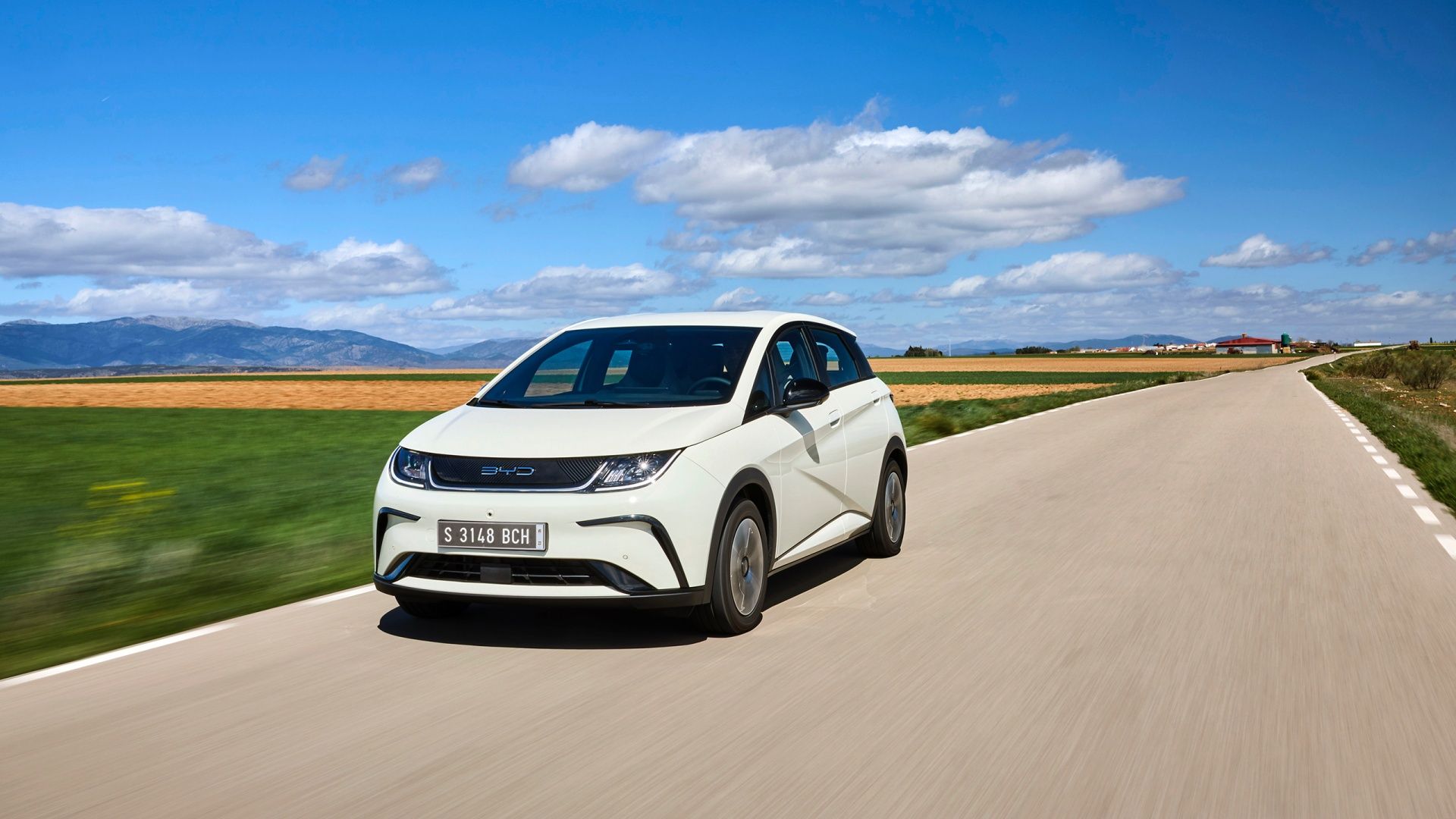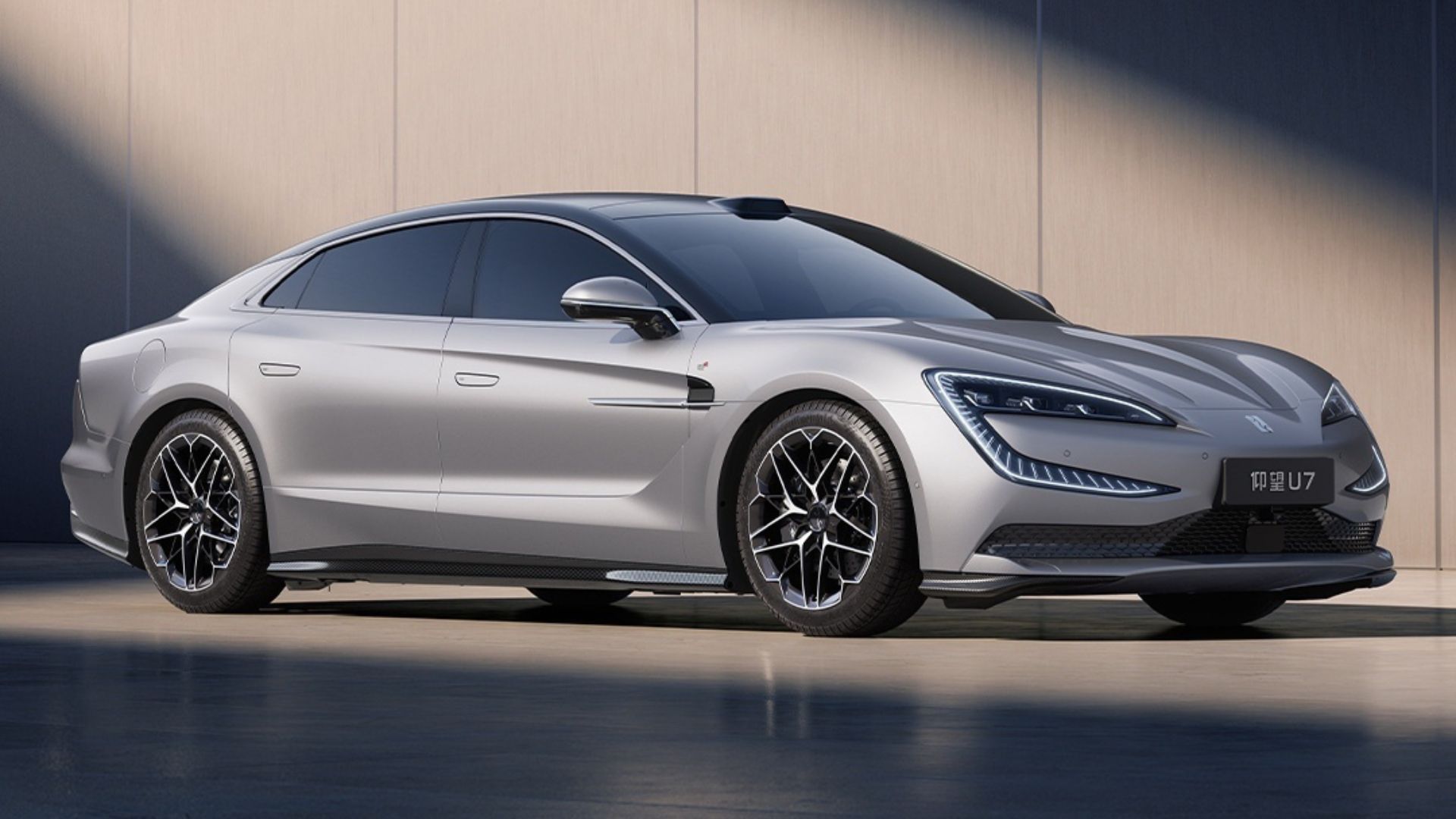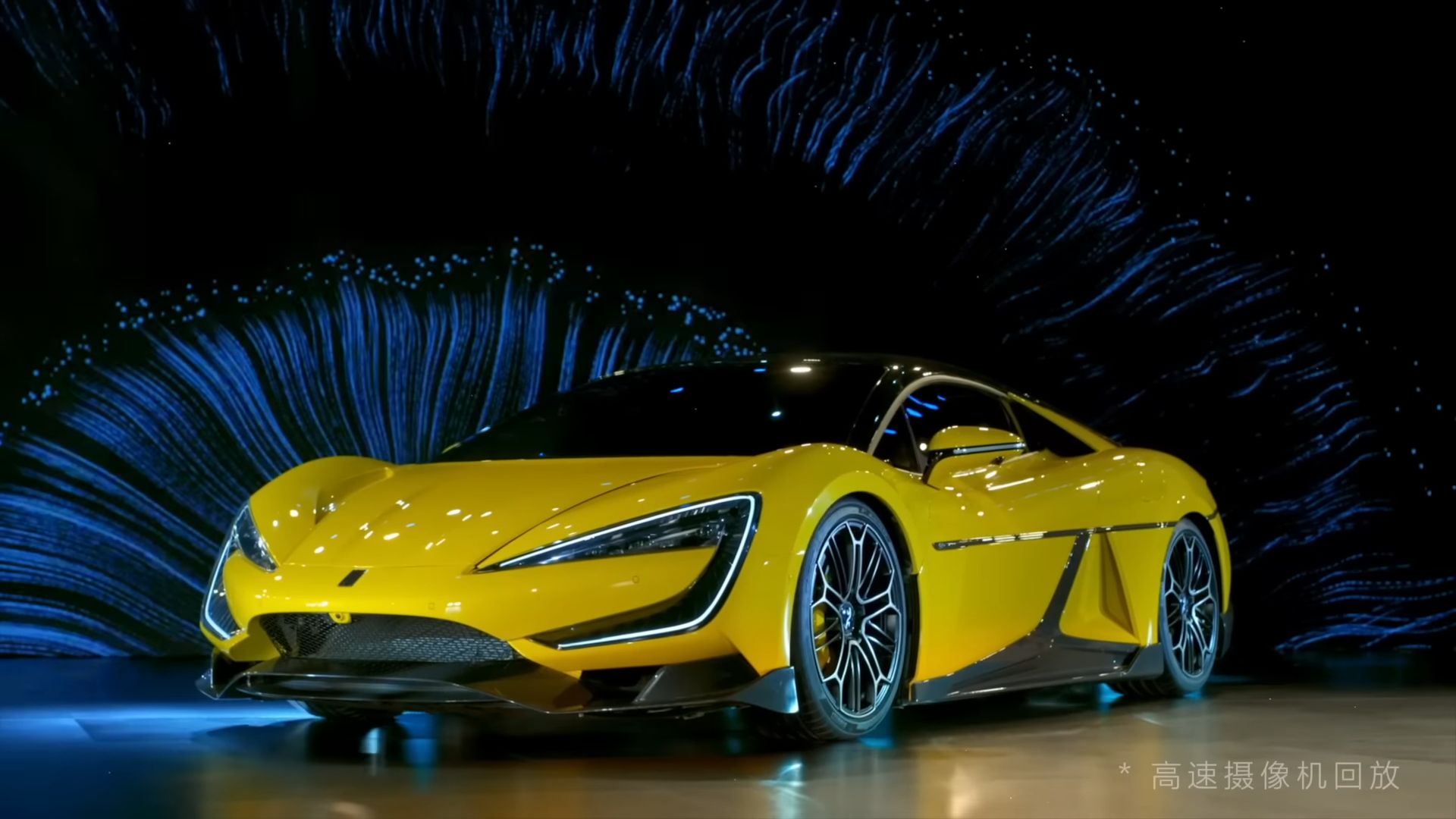As the American EV market enters 2025, we are seeing a steady decline in demand for electric cars and SUVs across the board. There have been some strong contenders, just based on 2024’s results alone, but the market as a whole suffered from a noteworthy decline. The reason for this is fairly simple and is based on how EVs remain too expensive and suffer from very poor depreciation rates. National charging infrastructure also remains a concern, but pricing and long-term financial viability remain the fundamental reasons for EV’s lack of success.
BYD is a Chinese automaker
with relatively humble beginnings, but has begun to make waves with its electric vehicles across the global market. Just based on its performance over the last few years, it’s clear that this Chinese automaker is leaving industry leaders and consumers alike questioning how it achieves such a delicate balance of affordability and premium quality. American manufacturers like Tesla, Ford, and General Motors have dominated the EV space over the past few years, but there’s a strong fear that BYD’s supposed arrival may alter this.
The American EV landscape started as somewhat of a playground for domestic innovation, with its
own set of ups and downs
, but it now faces an unprecedented challenge with BYD’s possible presence. This raises questions about cost structures, supply chain efficiencies, and technological advancements. Industry insiders whisper about vertical integration, proprietary battery technology, and economies of scale, but the specifics of BYD’s formula remain elusive. What is clear, however, is that the company’s ability to deliver high-quality EVs at disruptive prices is forcing American automakers to rethink their strategies.
In order to give you the most up-to-date and accurate information possible, the data used to compile this article was sourced from various manufacturer websites and other authoritative sources, including CNBC and The Wall Street Journal.
Related
I Just Drove An Atto 3 And Now I Know Why BYD Can’t Be Ignored
BYD is on track to be one of the world’s top 10 largest automakers by sales volume, and the Atto 3 is leading the brand’s charge.
BYD’s Competitive EV Offerings
The
BYD Atto 3
is the EV crossover that everyone appears to be a bit fearful of. BYD currently has no plans to infiltrate the American market, because it is unable to offer a competitively priced product with all the
aggressive import taxes
that would be placed. Over in China, this crossover’s pricing starts at a mere $19,300. It features a single permanent-magnet synchronous electric motor fitted to the front wheels, producing 201 horsepower and 288 pound-feet. You can expect this model to cover a 0-62 MPH sprint in around 7.3 seconds, which is more than sufficient if you only plan on traversing through urban and extra-urban settings.
BYD Atto 3 Extended Range Specifications
| Powertrain | Single Permanent-Magnet Synchronous Motor |
| Horsepower | 201 HP |
| Torque | 228 LB-FT |
| Driveline | FWD |
| Battery Capacity | 60 kWh Net |
| WLTP Range | 260 Miles |
| WLTP Energy Efficiency | 3.9 Miles/kWh |
| Max AC Charging | 7 kW |
| Max DC Charging | 88 kW |
| 0-62 MPH | 7.3 Seconds. |
The Atto 3’s extended battery pack measures 60 kWh and holds enough charge to drive the compact crossover for 260 miles. This is based on the WLTP cycle, which is understood to be much more conservative compared to the EPA’s testing procedure. It will also return a 3.9-mile per kWh energy consumption rating, which is a very hopeful result in real-world conditions. Unfortunately, it only benefits from an 88 kW
DC Level Three fast-charging speed
, which is nowhere as fast as the likes of Tesla and Lucid.
2:17
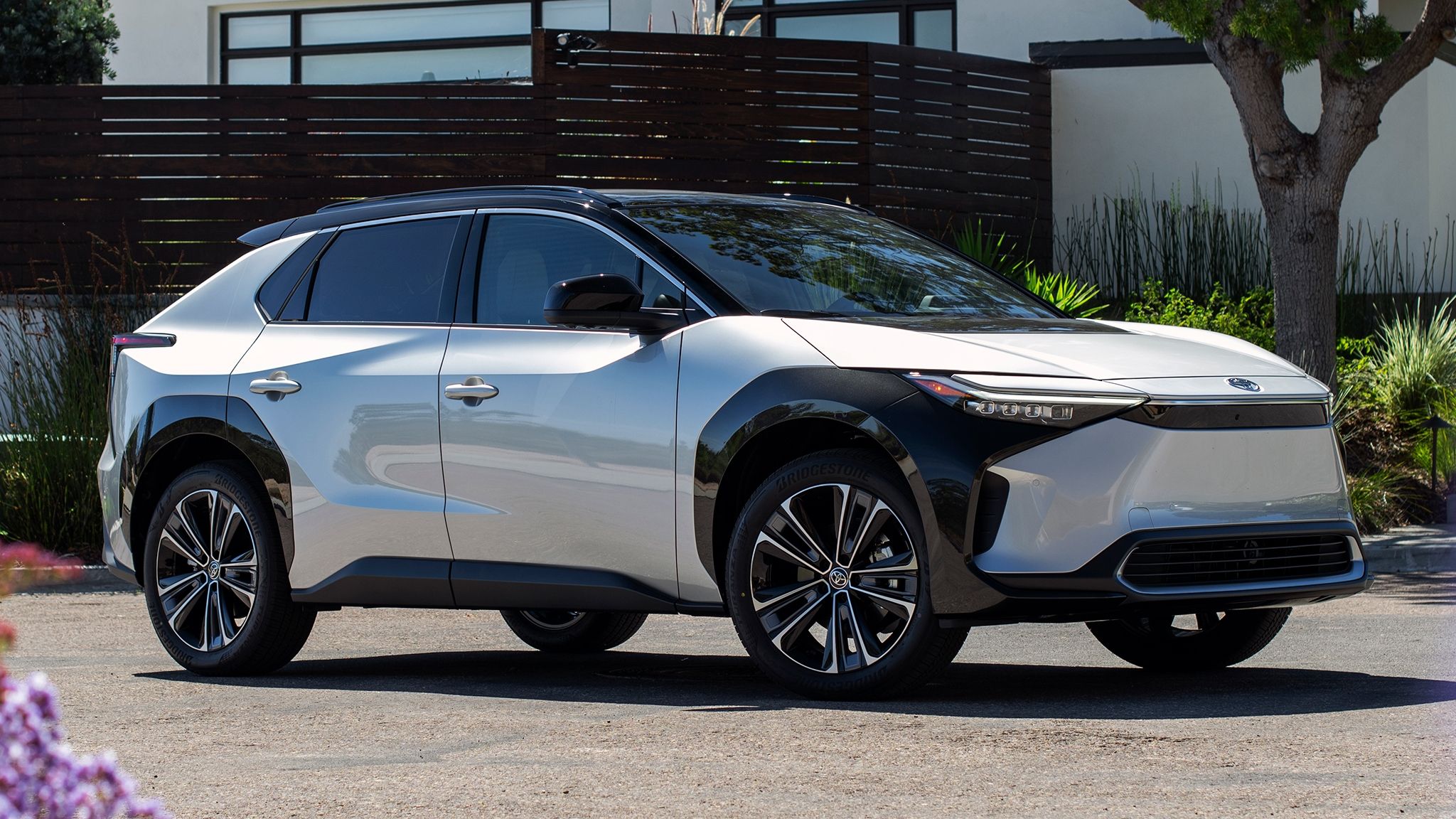
Related
How Toyota Plans To Compete With BYD And Other Chinese EV Companies
The Chinese’s dominance in the EV world has forced established automakers to act, and here’s how Toyota plans on taking this fierce competition on.
How Much The Cheapest BYD Costs
The
BYD Dolphin
is a hatchback that the Chinese brand aims directly at the Nissan Leaf, but with a significantly more aggressive $14,000 starting price in domestic and key markets. As you can expect, it’s not the most technologically impressive example in its catalog, but it’s one of the best options you can consider if you’re looking for the best affordability.
Again, the chances of this model’s arrival in the U.S. is slim to none, but it makes the global market a much more challenging product to compete with, especially in its Chinese home territory, where BYD reigns supreme over all other rivals. Sales reports and estimates indicate that the Dolphin is the brand’s second most popular global model, after the Yuan subcompact EV crossover.

Add TopSpeed to your Google News feed.
How BYD Nails Its EV Pricing
BYD maintains a substantial cost advantage
over its European and American rivals thanks to a combination of vertical integration, economies of scale, and government support. BYD’s vertical integration strategy lets it produce its own batteries, semiconductors, and many other critical components in-house, reducing reliance on external suppliers and lowering production costs. Its
proprietary Blade Battery
is understood to be the most cost-effective example of its kind that also enhances safety and performance.
BYD also benefits from China’s vast supply chain network and lower labor costs, enabling it to manufacture EVs at a fraction of the price compared to Western automakers. The company receives substantial government subsidies and incentives, which further reduce costs and support its rapid expansion. This is a key factor that American and European brands simply cannot match to the same level. BYD’s massive production scale allows it to achieve economies of scale, spreading fixed costs over a larger number of vehicles. Thanks to these strategies and practices, BYD is able to offer high-quality EVs at prices that are often 20 to 30 percent lower than those of its European and American competitors, making it a dominant force in the global EV market.
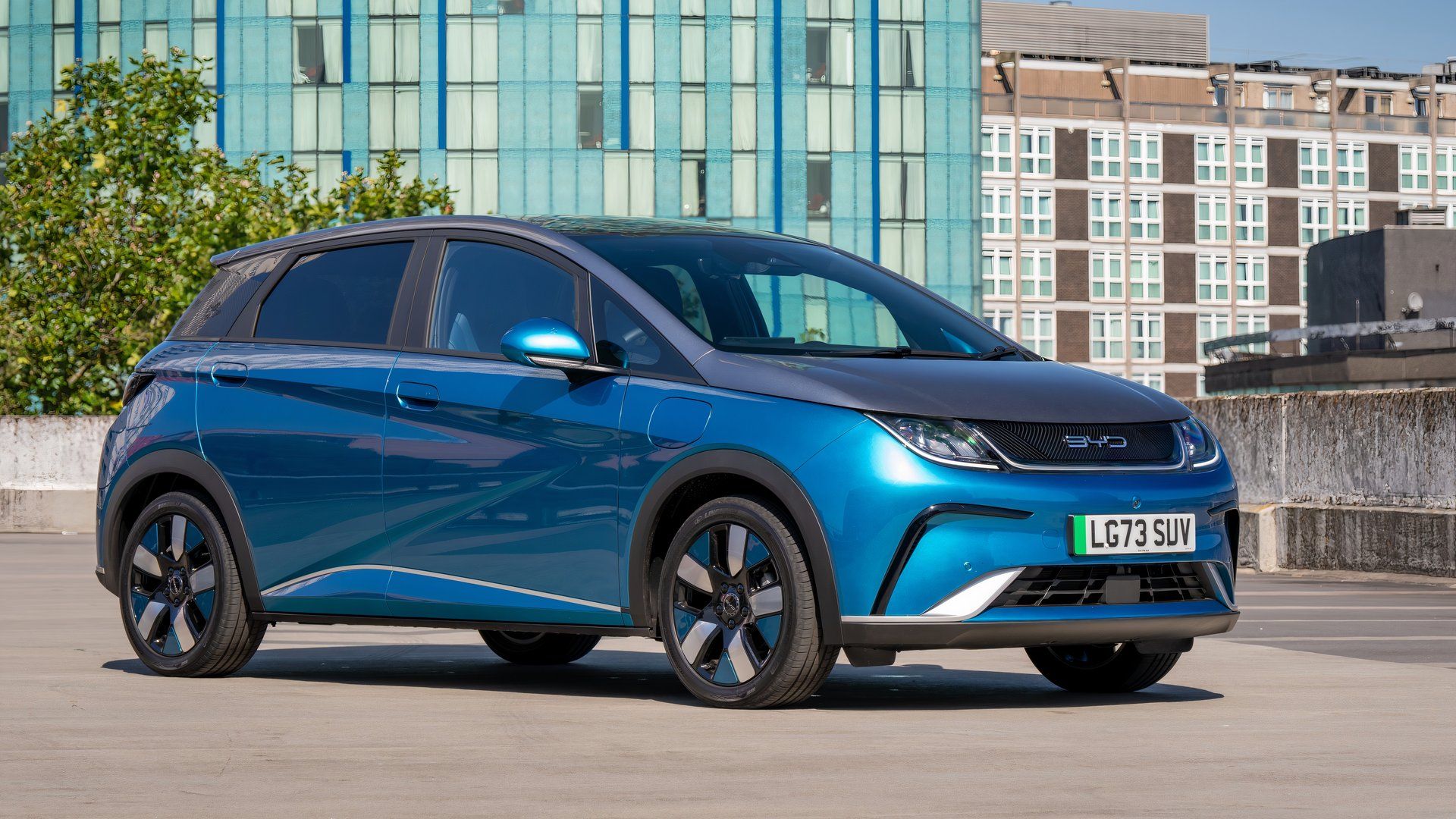
Related
BYD Dolphin Features, Range, And What You Get For $14,000
This absolute bargain of an EV brings innovative technology, clever packaging, and usable performance to the mass market.
BYD’s Position As An Affordable, But Premium Brand
BYD began operations in 1995 in Shenzhen, China. It was initially focused on rechargeable batteries before expanding into the automotive sector in 2003. It became a pioneer in electric vehicles by leveraging its expertise in battery technology, allowing it to launch its first plug-in hybrid in 2008. BYD subsequently grew into one of the world’s largest EV manufacturers, supported by significant investments in research and development. The company’s vertically integrated approach, producing its own batteries, semiconductors, and vehicles, allows it to control costs and maintain high-quality standards. BYD’s Blade Battery rose the company to new heights in 2020.
BYD now balances affordability and premium quality
in the global market by targeting diverse consumer segments better than almost all of its international rivals. Its product range includes budget-friendly models like the BYD Dolphin and mid-to-high-end vehicles like the BYD Han and Tang, which feature advanced technology, upmarket interior fitments, and aggressively competitive pricing. BYD’s economies of scale, coupled with its in-house production capabilities, enable it to offer high-quality EVs at accessible prices. Additionally, the company’s focus on sustainability and cutting-edge technology appeals to environmentally conscious consumers worldwide. BYD’s global expansion, including strong sales in Europe, Southeast Asia, and Latin America, further underscores its ability to cater to both cost-sensitive and premium markets.

Related
2024 BYD Seal: Everything Confirmed So Far
The BYD Seal is a sleek, ocean-inspired electric vehicle with a powerful, versatile powertrain and innovative battery technology.
Why American Manufacturers Are Terrified Of China’s EV Industry
It’s common knowledge that American manufacturers are increasingly concerned about China’s rapidly growing EV industry due to its aggressive innovation, economies of scale, and government support, which have positioned Chinese automakers like BYD as formidable global competitors. Several interviews highlight how American automotive leaders have expressed alarm over China’s ability to produce high-quality EVs at significantly lower costs. Ford CEO Jim Farley highlighted in an interview with CNBC that Chinese automakers can produce EVs for about 25 percent less than their American counterparts, thanks to vertical integration, cheaper labor, and state subsidies. This cost advantage allows Chinese brands to undercut Western prices while offering advanced features, making them highly competitive in international markets.
Tesla CEO Elon Musk also acknowledged the threat posed by Chinese EV manufacturers during a Tesla earnings call by stating that they are “the most competitive in the world” and could potentially “demolish” rivals without trade barriers. Similarly, former General Motors CEO Mary Barra told The Wall Street Journal, that there is a need for American automakers to accelerate innovation and reduce costs to keep pace with China’s EV dominance. Chinese companies like BYD have also invested heavily in battery technology, such as the Blade Battery, which offers superior safety and performance, further widening the gap.
Moreover, China’s strategic focus on exporting EVs to Europe, Southeast Asia, and Latin America has intensified competition in markets traditionally dominated by American and European brands. The combination of affordability, quality, and government-backed expansion has left American manufacturers scrambling to adapt, fearing that without significant investment and policy support, they risk losing their foothold in the global automotive industry.

